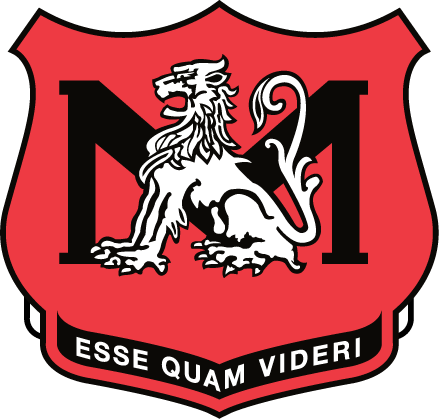Writing
Some General Criteria for Written Assignments
The members of the Magee English department have collaborated to generate some common criteria for expository writing (essays, generally) and narrative writing (stories of one form or another). Our criteria have been developed using a "Six Traits of Writing" model that considers Content, Organization, Voice, Diction, Sentence Fluency, and Conventions.
Specific criteria for any given assignment may vary somewhat from what follows here, and the lists are not exhaustive (hence the unassigned bullets), but these are some general ideas.
General Criteria for Expository Writing
Content or Ideas:
| · The writer has "noticed stuff" (usually about a text under consideration) and explained its significance. · The writer stays focused and shares original and fresh insight into the topic. · Ideas are clearly communicated, engaging, original, thoughtful, insightful, giving reader an “aha moment.” · Subject is sufficiently focused and manageable. · Details are relevant and telling. · The composition is plausible, supported, reasonable, convincing. · The writer avoids padding with meaningless repetition.
|
Organization:
| · The organization of the composition develops a central idea, with information presented in an order which is compelling, and moves the reader through the text. · Paragraphs are focused and purposeful. · The writer has made a clear choice in the order of things, and about what to include and what to discard. · There is a strong congruence between thesis and supporting paragraphs. · An introduction gets to the point; a conclusion satisfies the reader with a sense of completeness.
|
Voice:
| · Writer speaks to the reader in a compelling and engaging way that delivers purpose and topic. · The writer cares about the topic and is respectful of the reader. · Literary writing is in present tense · Generally avoid first person and second person |
Diction: | · Words are precise and accurate. · Words are striking, powerful, and engaging. · Every word does work. · Adverbs are used sparingly in preference to specific verbs. |
Sentence Fluency: | · Sentences show sensitivity to the rhythms of language and the connections between language and meaning. · Uses effective sentences including varied sentence length and structure (parallel structure, complex, compound, periodic, loose etc). · The writer consciously builds sentences where more complex structures are useful. · Quotations are well integrated. |
Conventions: | · The writer uses correct spelling, grammar, usage, punctuation, capitalization, paragraphing, quotation and citation. |
General Criteria for Narrative Writing
Content or Ideas:
| · The story is original and imaginative. · It’s focused primarily on a single event. · It effectively uses concrete detail to show rather than merely tell. · Images (derived from whichever sense) are clear. · The world of the story has an internal consistency. · The events matter to someone. · Uses an effective point of view. |
Organization:
| · It begins with a “hook” to grab the readers’ interest (perhaps an image, action, or dialogue). · The story develops purposefully, perhaps creating suspense or some other kind of tension. · The ending resolves a problem or perhaps leaves a problem deliberately unresolved. · The ending leaves the reader satisfied (perhaps creates artistic unity by referring back to the hook). · Paragraphing enhances clarity. |
Voice:
| · Voice conveys character(s). · Voice develops a tone or attitude. · Dialogue is natural and convincing. |
Diction: | · Words are precise and accurate. · Words are striking, powerful, and engaging. · Every word does work. |
Sentence Fluency: | · Sentences show sensitivity to the rhythms of language and the connections between language and meaning. · Uses effective sentences including varied sentence length and structure (parallel structure, complex, compound, periodic, loose etc). · The writer builds longer sentences in effective places (to advance action; to pause and describe; to consider emotions). · Is naturalistic in tone. May use stylistic sentences, especially in dialogue. |
Conventions: | · The writer uses correct spelling, grammar, usage, punctuation, capitalization, paragraphing, quotation and citation · Dialogue, in particular, is correctly punctuated. |

